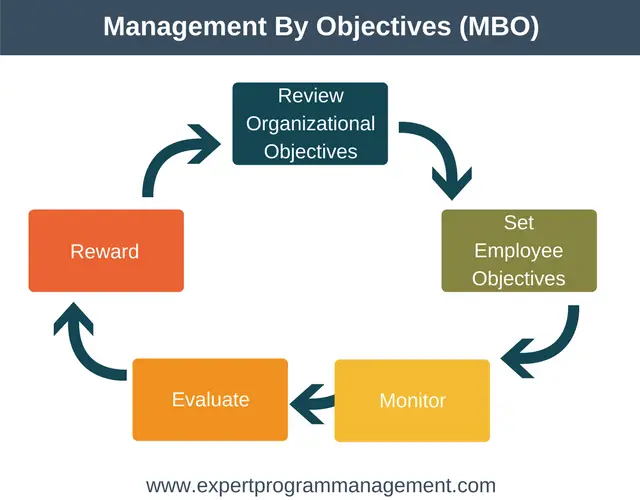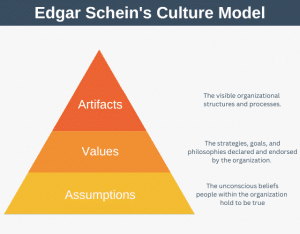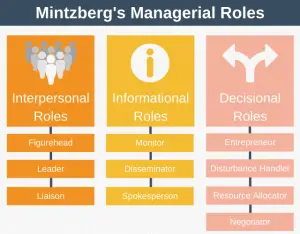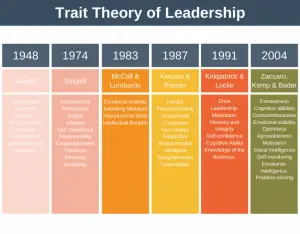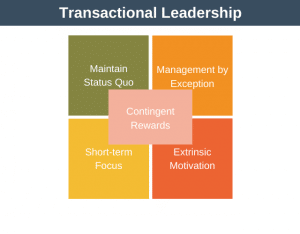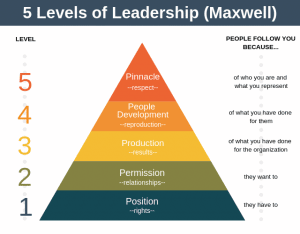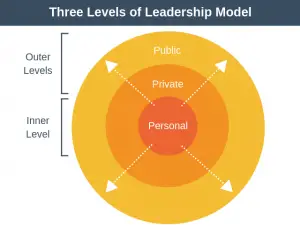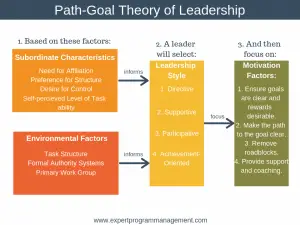Management by Objectives (MBO) is a management tool whereby managers and employees work together to set and track objectives for a specific time period.
Objectives and plans cascade down the organization until every individual has specific objectives for the period.
You can think of an individual’s objectives as being like one piece of a jigsaw puzzle. The individual piece represents the individual’s targets for the period. An area of the puzzle represents a business units objectives for the period. The entire puzzle represents the whole organization’s objectives for the period.
If the puzzle gets completed within the timeframe then the organization will have achieved all the objectives it set for itself.
George Odiorne, Drucker’s student, developed the idea further in his book, Management Decisions by Objectives.
Note
Although the term MBO was in widespread management use in the 1960s, these days the acronym MBO more commonly refers to Management Buy Out.
Also worth noting is that Management by Objectives is sometimes also called Management by Results.
Management by Objectives Process
There are 5 steps to using the Management by Objectives tool. The diagram below shows the 5 steps.
The first step in the process is to review the organizational objectives. Notice that the process is circular, with no endpoint. This is because the process is not intended to be a one-off exercise. It is a cyclical exercise that should be repeated again and again each period.
In practice, this typically means an organization could reassess and set new objectives each quarter. From this, the rest of the process would flow.
Let’s examine each step in turn.
1. Revise the Organizational Objectives
In this step, the organization will set or revise its objectives for the next period. Most organizations will use a 3-month (quarterly) planning period.
The objectives the organization sets will stem from its vision and strategy. This means the objectives answer the question, “what can the organization realistically achieve in the next period to move closer to its vision?”.
2. Set Employee Objectives
In this step, we translate the organizational goals set in step 1 into targets for each employee.
For large organizations, this will be a multi-step process. Meaning that once the organization has set its objectives, each sub-division will set its objectives for the period. Then subdivisions of those subdivisions will set their objectives. Thus, goal setting cascades down through the organization until every employee has their goals for the period.
An important point to note is that objectives aren’t given to employees, they are set with the participation of employees. This means that each employee will work with their manager to agree their objectives. This is typically done by looking at the objectives of the employee’s manager and working through how the employee can contribute to those targets.
SMART Goals
Drucker also introduced the SMART method of checking objectives agreed to are sensible. SMART is an acronym representing Specific, Measurable, Achievable, Realistic, and Time-bound.
It is important not just to set goals for the work itself. Consider setting targets related to how the work is performed. This could mean including targets to promote teamwork or the displaying of the company’s values.
3. Monitor
A key feature of SMART objectives is that they are measurable. Because of this, we can check progress to ensure they are on-target. How this is done will be agreed between the employee and their manager.
Monitoring progress has some advantages. It gives the employee and manager the opportunity to rectify a situation should progress start to go off track. In the worst case, where a solution to the problem can’t be found, it allows for proactive contingency planning.
4. Evaluate
At the end of the period, it is time to check how well each employee did in achieving their objectives.
Because all goals set were SMART, it is straightforward to check if each employee achieved their goals, or not.
5. Reward
Employees get rewarded for their achievements at the end of the period. This is typically done using paid incentives (bonuses).
The meeting where the manager discusses an employee’s reward also provides a great opportunity to give feedback. This two-way feedback can help both the manager and employee improve their performance. It can also lead to better target setting as the organization moves into the next cycle of Management by Objectives.
Management by Objectives Advantages
There are many advantages associated with Management by Objectives, including:
- Continually driving the organization to move towards its strategic goals.
- Everyone within the organization knows what they have to achieve during the period.
- It helps employees understand how their targets contribute to organizational targets.
- Employees who understand how what they do contributes to the organization can be more motivated.
- The model secures the commitment of employees to attaining the organizational goals.
- As each employee understands how they uniquely contribute to the organization, employees feel crucial to proceedings, leading to increased loyalty.
- Employees tend to have more commitment to goals that they themselves helped set.
Management by Objectives Disadvantages
There are some disadvantages associated with Management by Objectives too, including:
- Developing targets can be time-consuming, leaving both managers and employees with less time to carry out their duties.
- If not implemented with care, it can lead to poor teamwork between employees. This happens as each employee is only concerned with their targets, and not good teamwork.
- It can result in unnecessary office politics as employees fight to outshine each other.
- It underemphasizes context. For example, it does not take the extent of senior management buy-in into consideration. It does not take into account the ability of lower-level teams to hit the objectives set.
Summary
Management by Objectives (MBO) is a management tool whereby managers and employees work together to set and then track objectives for a specific period.
Goals are first set for the entire organization. These are then cascaded down until every employee has goals for the period. Each employee’s goals will contribute to the overall objectives of the organization.
